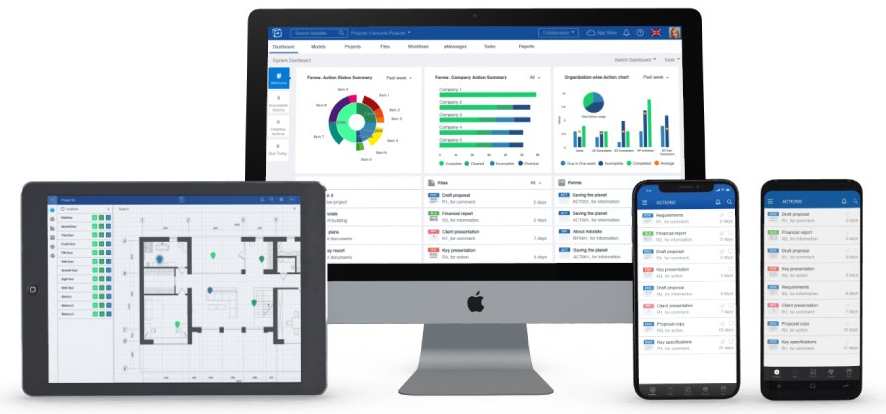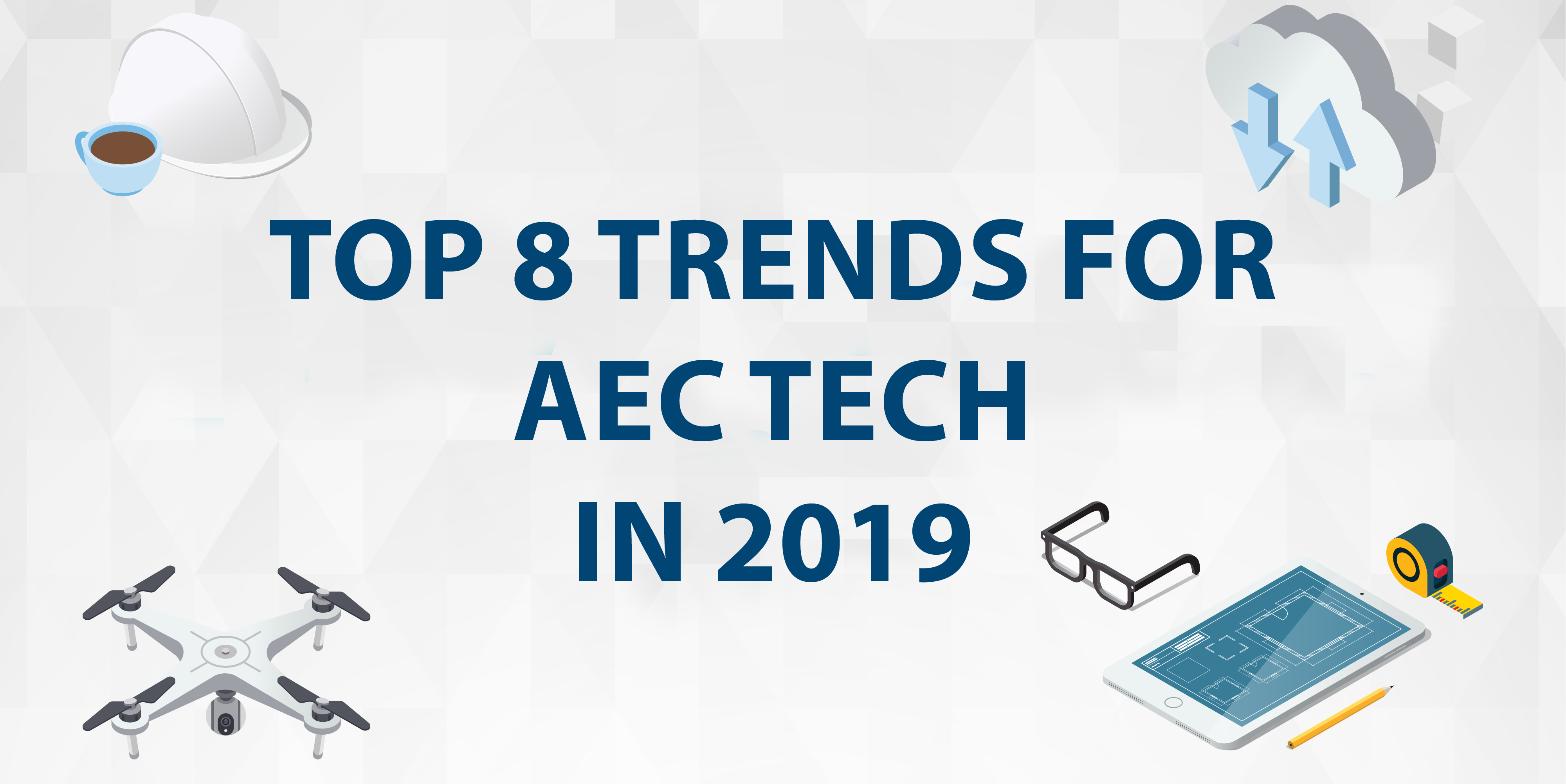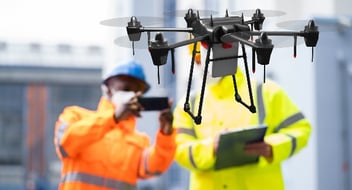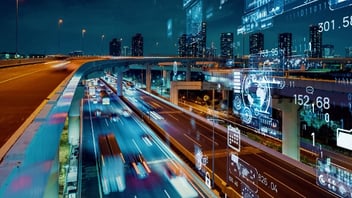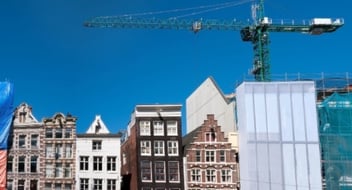The Architecture, Engineering, and Construction (AEC) industry is on the rise and we’re seeing a major transformation, especially, across residential, non-residential, and infrastructure areas. According to market reports, the global construction industry is expected to reach an estimated $10.5 trillion by 2023, and it is forecast to grow at CAGR of 4.2% from 2018 to 2023.
Let’s look at the technology trends that are going to dominate the AEC sector in 2019:
1. Digital Twin
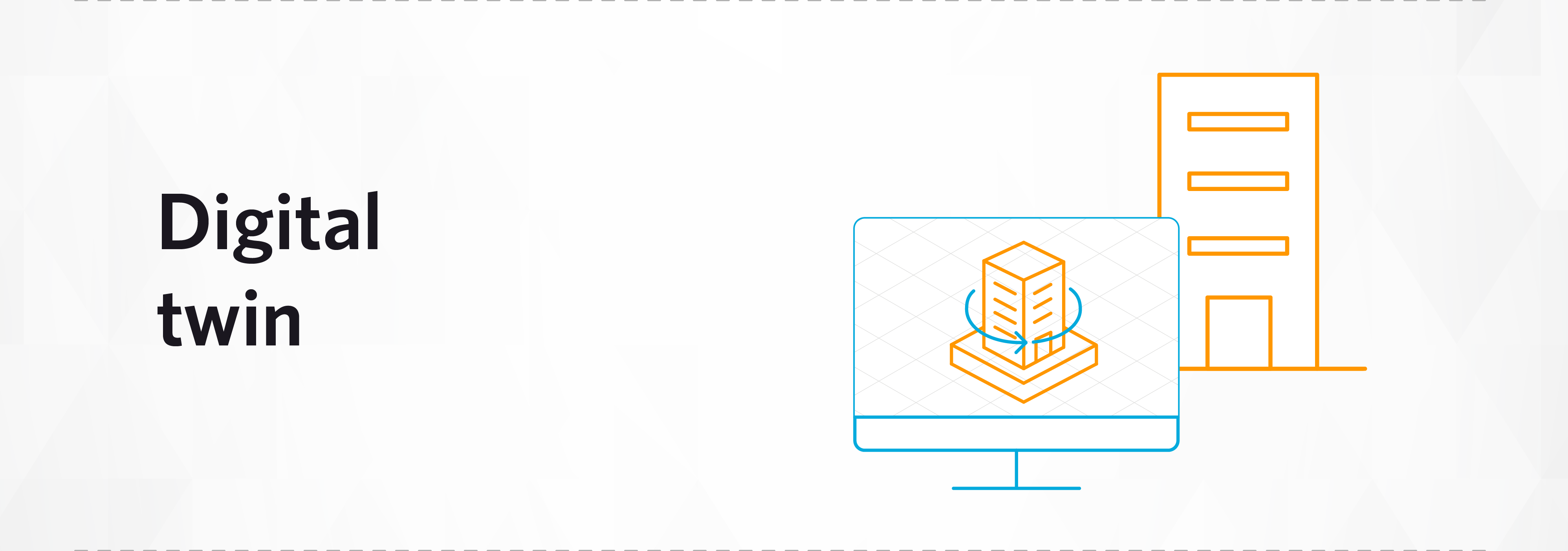
A digital twin is essentially a link between a real-world object and its digital representation that is continuously using data from sensors. All data comes from sensors located on a physical object; this data is used to establish the representation of a virtual object.
A digital twin analyses real-time data to enable learning, reasoning, and dynamic recalibrating for improved decision making. For example, engineering teams have used 3D renderings of computer-aided design (CAD) models to ensure and validate manufacturability.
In the AEC industry, a digital twin technology will help understand how products are performing and will perform in the future. It allows:
- Visualizing products in use, by real users, in real time
- Building a digital thread, connecting disparate systems and promoting traceability
- Refining assumptions with predictive analytics
- Troubleshooting far away equipment
- Managing complexities and linkage within systems-of-systems
According to the Construction Industry Institute, about 25% of productive time is wasted on unnecessary movement and handling of materials.
Digital twin technology will be able to provide automatic resource allocation monitoring and waste tracking, allowing for a predictive and lean approach to resource management. With digital twin technology companies would avoid over-allocation and dynamically predict resource requirements on construction sites.
2. BIM Level 2
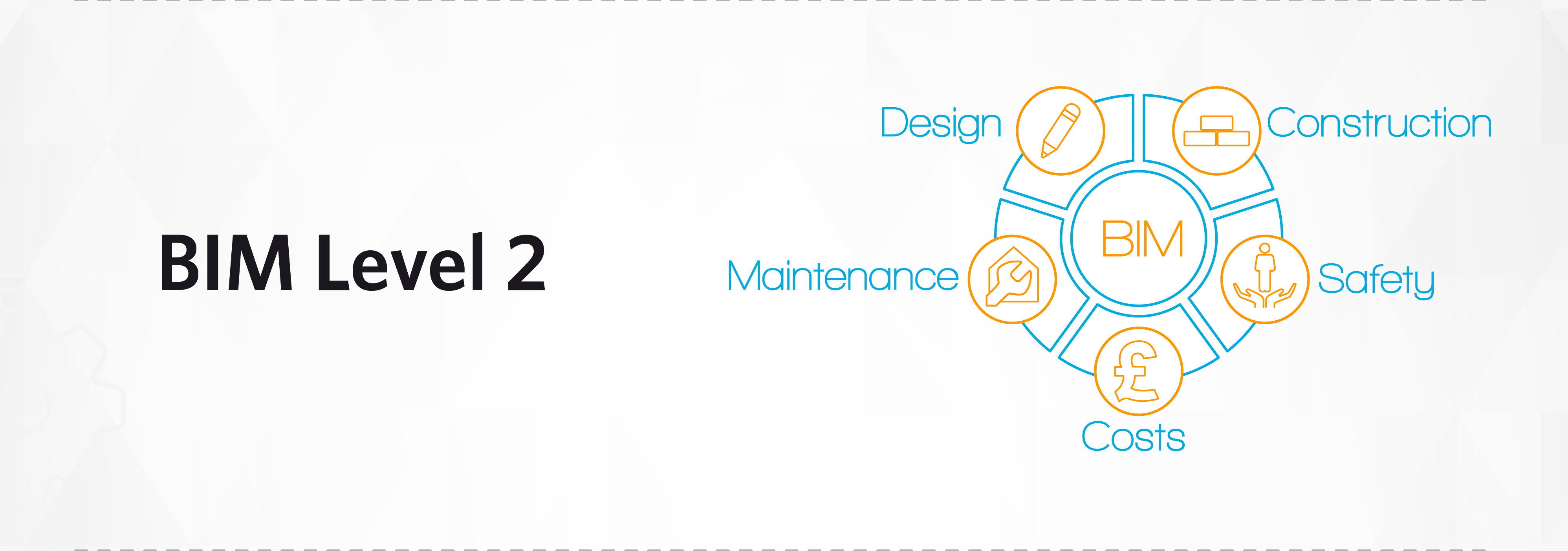
In the past year, we’ve experienced an increased awareness and need for Building Information Modelling (BIM) Level 2. According to Market Research Future (MRFR)’s analysis, the BIM market is set to mark a CAGR of 14.9% during the forecast period of 2018 to 2023.
The adoption of BIM Level 2 across the industry is going to be on the rise, particularly with the introduction of ISO19650. This should see BIM growth on the global scene at similar rates to that of the UK in the last 2 years. Construction planning is becoming increasingly complex and digital technologies provide a collaborative way of working – designing, delivering and maintaining efficiency throughout the entire lifecycle.
With most organisations at level 1 or less and the industry pressures mounting, we are moving upwards towards level 2 and this is going to continue in 2019. Read more about the BIM escalator concept in this blog post.
3. Artificial Intelligence (AI) Brings About Smart Construction
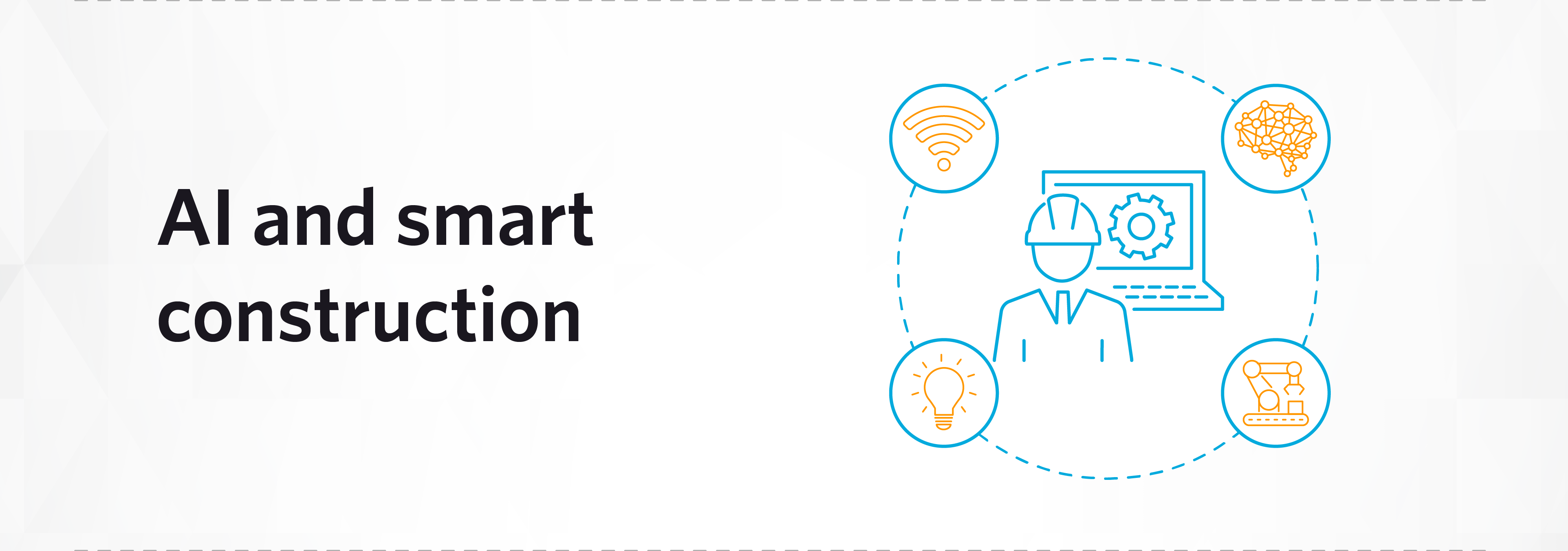
In the AEC industry, showcasing agility and resilience is critical to stand out from the competition. Artificial Intelligence can help industry professionals move faster- starting with construction plan creation, design, Building Information Modelling (BIM), suggesting engineers of best methods to utilise for projects, controlling domestic settings after completion and many more tasks that don’t require human input.
One of the main concerns to date is reducing error rates, cost, and increasing productivity and efficiency. With AI-powered systems engineers can work smarter and achieve faster.
Let’s take the example of BIM with AI, it is a great way for AEC professionals to collaborate, communicate and execute their projects as it allows visualise the entire construction project and progress in real time, record and remove the risk of data breach or misplaced paperwork.
We are also going to see Robotic Process Automation (RPA) and AI joining forces to create digital workers for more than 40% of enterprises. AI building block technologies such as Machine Learning (ML) and text analytics with RPA features to drive greater value for digital workers in four use cases: analytics that solves nagging platform issues; chatbots that boss around RPA bots; internet-of-things (IoT) events that trigger digital workers; and text analytics that lifts RPA’s value.
4. Cloud Collaboration Solutions Usher in the Big Transformation Wave
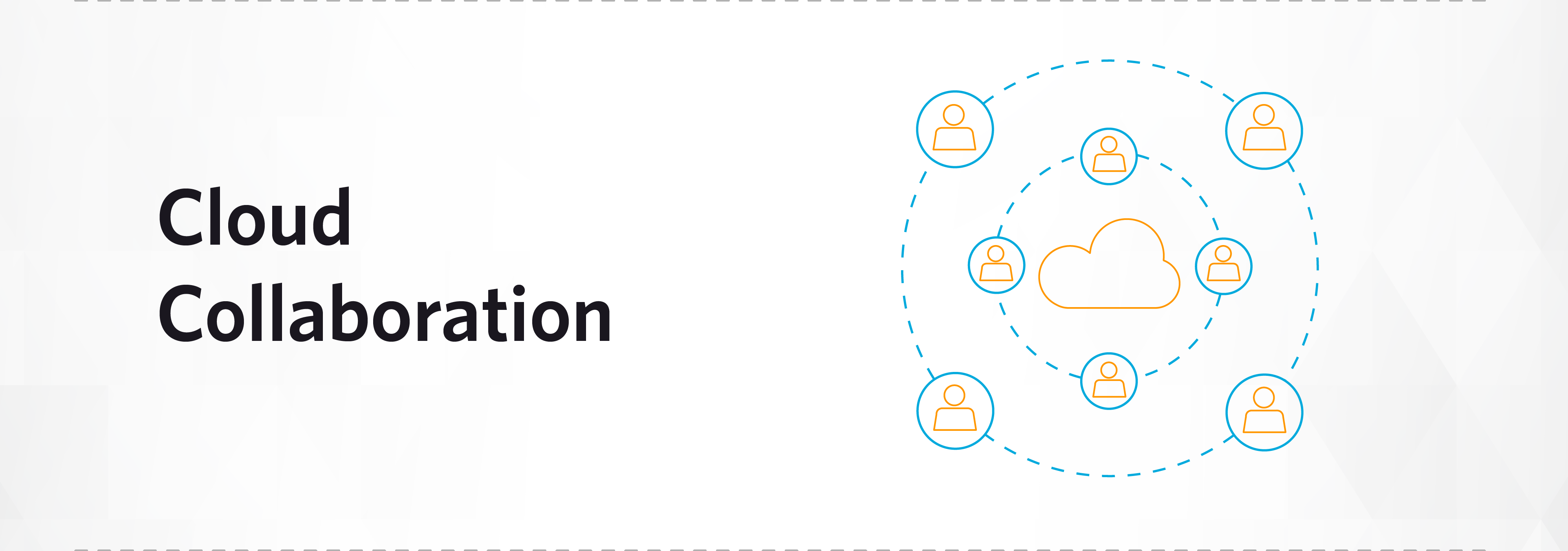
Cloud computing is becoming more and more crucial within construction companies in achieving time and cost savings. Moving your enterprise to the cloud is a must in 2019. If you are still in the minority and haven’t found a cloud-based solution, look into it and see how it can transform the way you work, for the better.
Cloud-based platforms like Asite’s Adoddle gives everyone involved in construction and facilities projects access to key information regardless of location or device to do your job safely and effectively. It provides everyone with the knowledge to keep their project on track in real time. Starting from drawing and specifications, X-Ref management to workflows, approvals and transmittal management.
To move faster and be more efficient you need to have access to the very latest set of project information no matter where your work takes you and thus implementing a cloud-based collaboration solution should be on your list.
5. Smart City Projects aren’t a Mirage Anymore
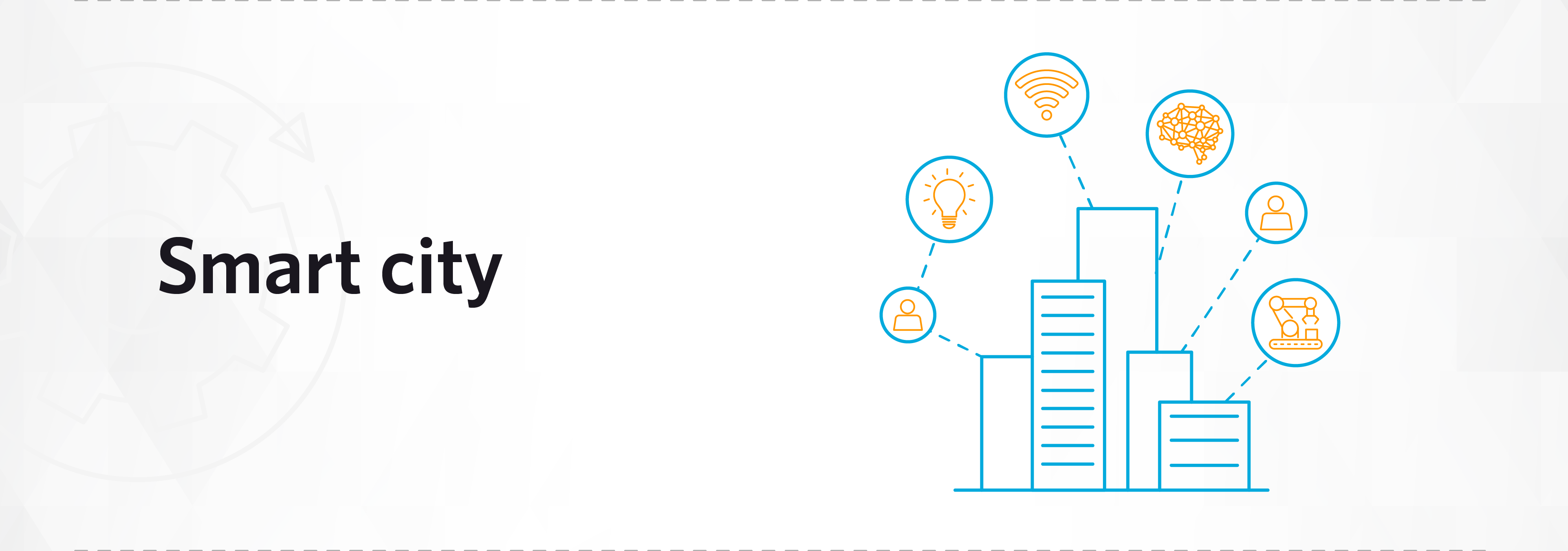
Smart cities are on the rise as more companies are looking into embracing and investing in this trend.
Bennett Missouri, Chief Innovation Officer for Kansas City describes today’s technological advancements that make a smart city smart - 320 Wi-Fi access points and more than two-dozen smart kiosks. One hundred and seventy-eight traffic sensors monitor commuter flow, aided by 52 traffic lights in constant sync. The concept of “smart city” is there to help people become more agile, move faster and as safely as possible.
AEC industry professionals need to think about how to plan construction in a smarter way and think about sustainability in the long run. Criteria for building a smart urban area include smart economy, smart mobilization (convenient transport systems – good technical infrastructure), good living environment, natural resources reasonably used, preserved, smart urban management (e-government), and high-qualified human resources.
As more and more growing cities are facing challenges with mobility, sustainability, and affordability, Sidewalk Labs is an Alphabet company working on improving urban infrastructure through technological solutions and tackling issues such as cost of living, efficient transportation and energy usage. Their goal is to reimagine cities to improve the quality of life and meet their biggest challenges.
6. Wearable Technology Keeps Us Safe and Smart
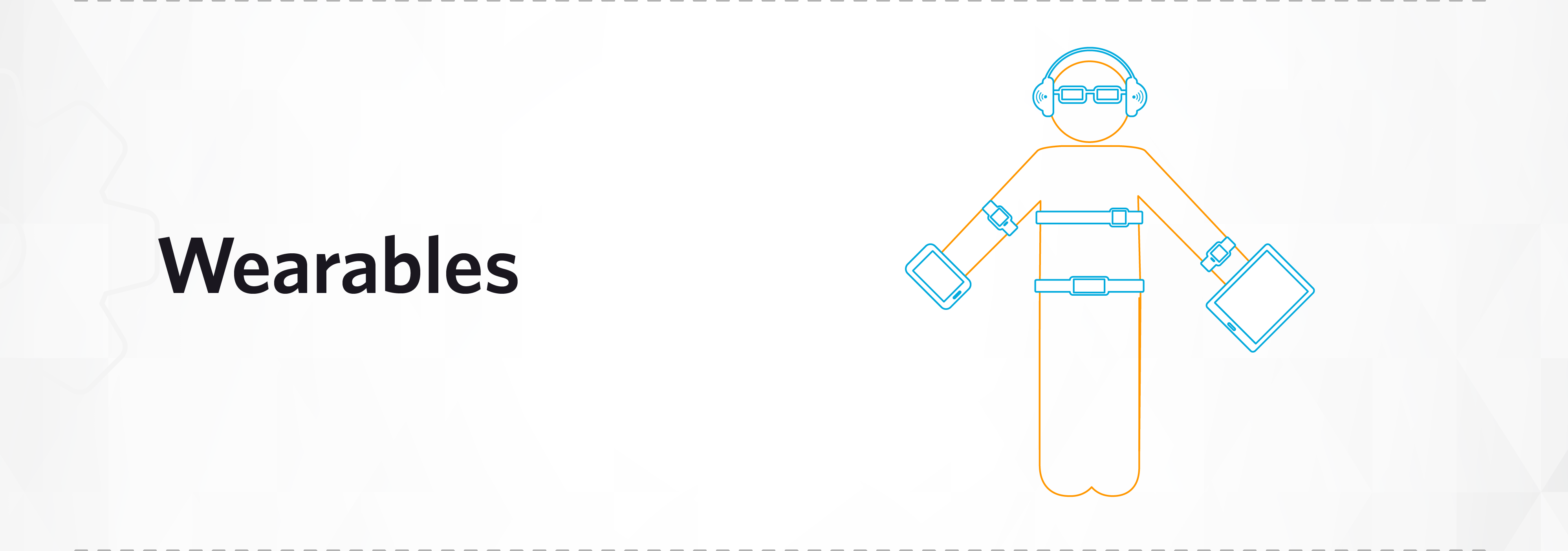
We are entering a new phase of wearable tech market and it is going to transform the way we operate. There is going to be a higher demand for smarter equipment to improve safety on the job site and increase productivity for construction professionals. Smart glasses, smart helmets, and Exoskeleton suits are just a few of the new wearable technology trends you want to consider investing in.
Moving forward in 2019 means also moving with technology trends and adopting these changes into your business.
7. Augmented Reality Becomes Real
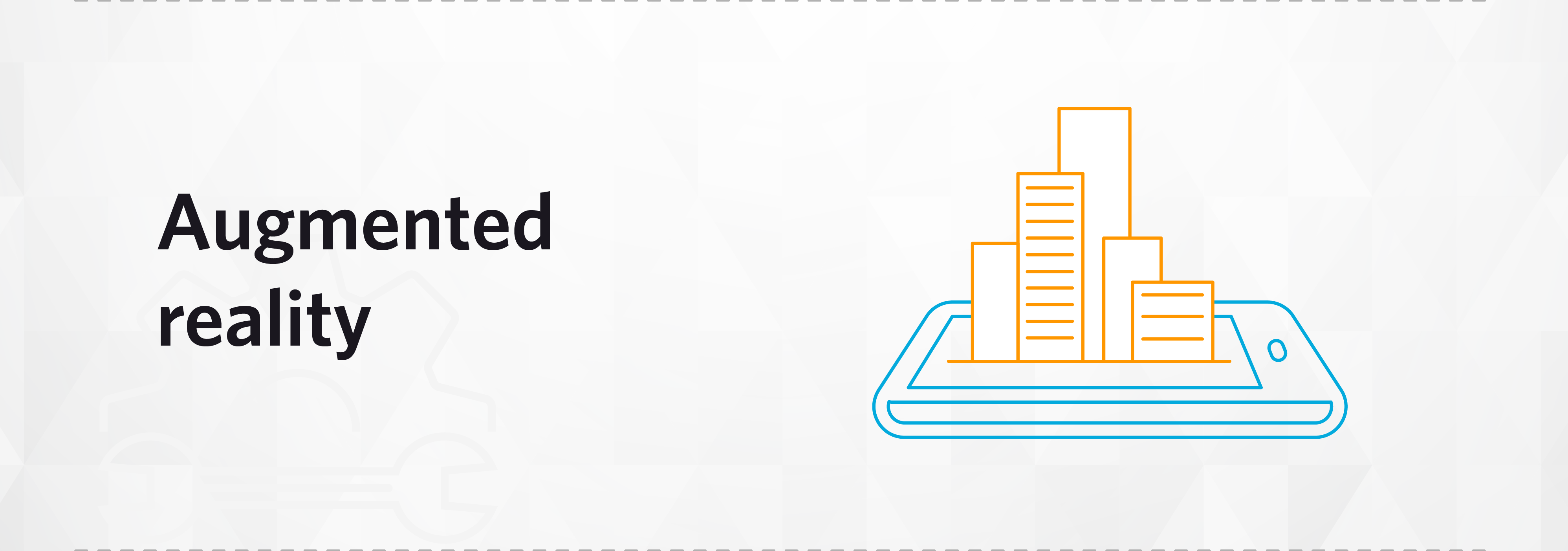
In 2018, we heard a lot about Augmented Reality as one of the top trends and how the development of this increasingly sophisticated technology can benefit the construction industry. It is a technology that overlays 3D digital content seamlessly onto the real world.
AR is used for those in designed-focused roles to improve modelling techniques and see their design come to life. AR and VR can also be a great tool for dealing with health and safety issues or collaborate with contractors and compare defects allowing to see what they are getting to work with before the work begins.
To be more efficient with the use of AR in 2019 we need to look at some legal issues that may arise when working with AR. For example, who is responsible if augmented reality devices give incorrect information on site; what are the requirements for new health and safety policies and procedures governing the use of virtual and augmented reality devices on site; who owns the copyright in the virtual reality models.
8. Drones, Drones and more Drones
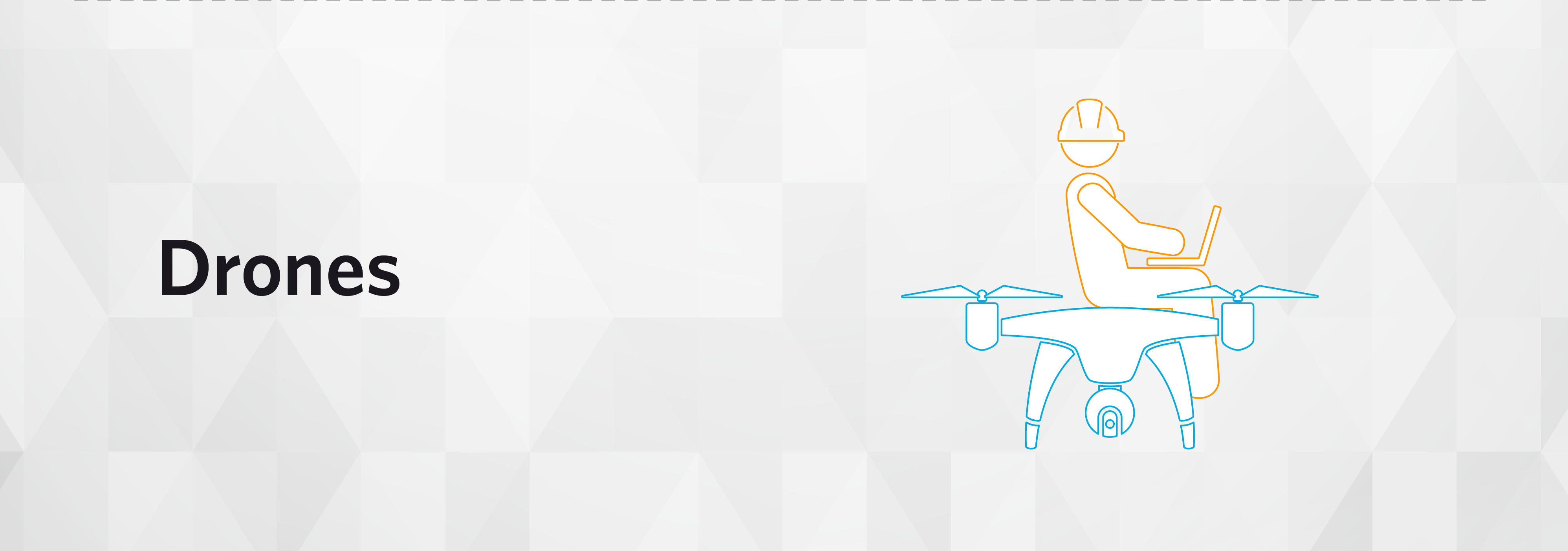
74% of contractors expect to adopt advanced tech in 3 years and drones are one of the most widely used among these technologies. Last year we talked a lot about drones collecting and tracking data more accurately, reducing costs and delays in the infrastructure and construction industries.
Drone Deploy Report suggests that Leveraging drones can increase safety on a construction site by 55%. Drones can also inspect up to 1,000 acres of farmland a day – as per Goldman Sachs Research. The industry is expected to grow to more than $82.1 billion in annual revenue by 2025. This will be largely driven by the consumer market, according to The Economic Report.
The AEC sector is in full gear and evolving at a very rapid pace, however, this also means that those working in this sector need to keep up with the trends and potentially be re-skilled to ensure that they are across the ever-evolving technologies used in construction, engineering and architecture.
About Asite
Asite Solutions has a proven track record of providing award-winning digital project management system Adoddle for world’s largest and most demanding capital investment programs. The solutions have transformed businesses by increasing their efficiency, allowing to collaborate with the entire supply chain seamlessly in the cloud, reducing risk and saving costs.
With over 500,000 active users globally, Asite delivers bottom-line gains of up to 2% on their projects.
Integrated, we will deliver IT. Magic? No - ITs Adoddle
